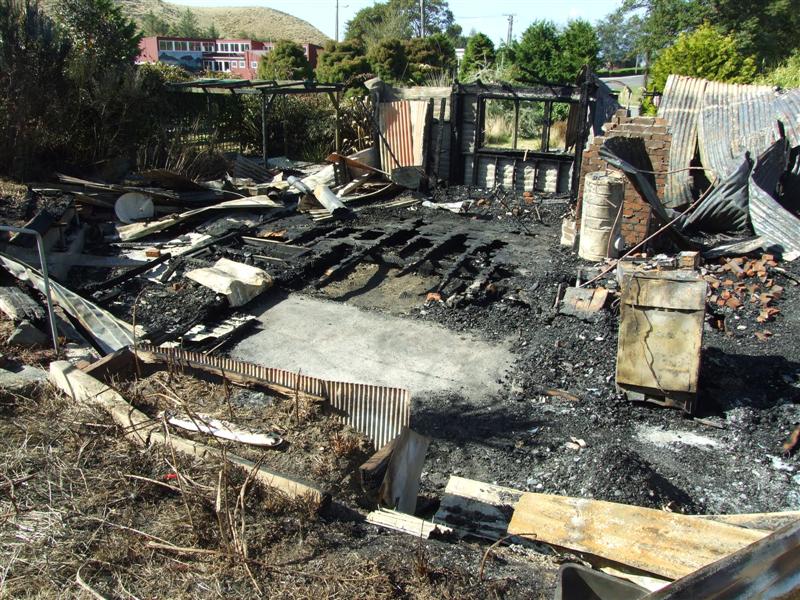Hot work involves activities that produce heat, sparks, or flames, such as welding, cutting, grinding, and soldering. It presents significant dangers, including fire hazards, explosions, and health risks. Understanding these dangers and implementing preventive measures is crucial to ensuring safety and avoiding damage during hot work.
The Dangers of Hot Work
- Fire Hazards: The most significant danger associated with hot work is the risk of fire. Sparks and molten metal can ignite flammable materials, leading to potentially devastating fires. For instance, a spark from welding can easily set fire to nearby combustible materials such as paper, wood, or chemicals.
- Explosions: Hot work in environments with flammable gases or vapors can cause explosions. For example, performing hot work in areas where gasoline fumes are present can lead to a catastrophic explosion.
- Health Risks: Hot work can expose workers to harmful fumes, gases, and intense light, which can cause respiratory issues, burns, and eye damage. Inhalation of fumes from materials like lead or zinc can lead to serious health problems.
- Structural Damage: Intense heat from hot work can weaken structural elements of buildings or equipment, leading to potential collapses or failures. This is especially critical in older buildings where materials may already be compromised.
How to Avoid Causing Damage While Undertaking Hot Work
- Conduct a Thorough Risk Assessment
Before starting any hot work, perform a detailed risk assessment to identify potential hazards. This includes examining the work area for flammable materials, assessing the ventilation, and evaluating the condition of the equipment being used.
- Obtain a Hot Work Permit
Many workplaces require a hot work permit before commencing such activities. The permit process ensures that necessary precautions are taken and that the work is supervised and controlled. Ensure the permit is issued by a competent person and all safety measures are in place.
- Prepare the Work Area
Clear the area of any flammable or combustible materials. This includes cleaning up any spills, removing paper, wood, and chemicals, and ensuring that the surroundings are free of dust or debris that could catch fire. If materials cannot be moved, cover them with fire-resistant blankets or shields.
- Use Appropriate Equipment
Ensure that all hot work equipment is in good condition and appropriate for the task. Regularly inspect and maintain tools like welding torches and grinders. Use fire-resistant clothing, gloves, and eye protection to safeguard workers.
- Implement Fire Safety Measures
Keep fire extinguishers and other firefighting equipment readily accessible. Ensure that all workers are trained in using fire extinguishers and know the location of the nearest fire alarms. A fire watch, where a trained individual monitors the area for signs of fire during and after the hot work, is crucial. The fire watch should continue for at least 30 minutes after the work is completed to ensure no latent fires ignite.
- Ensure Proper Ventilation
Good ventilation is essential to disperse fumes, gases, and smoke generated by hot work. Use exhaust systems, fans, and open windows to improve airflow. In confined spaces, use portable ventilation systems to ensure adequate air exchange.
- Monitor Atmospheric Conditions
In environments where flammable gases or vapors might be present, use gas detectors to monitor atmospheric conditions continuously. If gas levels become unsafe, cease hot work immediately and ventilate the area.
- Train and Educate Workers
Provide comprehensive training for all workers involved in hot work. This training should cover the risks, safety procedures, use of personal protective equipment (PPE), and emergency response actions. Regularly update training to incorporate new safety protocols and technologies.
Insurance Implications
In the event of an incident, failing to adhere to best practice standards can jeopardise any potential liability claim. Fire is one of the most costly hazards insurers face, so they are (if you’ll pardon the pun) “hot” on these issues. Higher risk occupations may find specific conditions added to their insurance requiring compliance with hot work standards.
In a Nutshell
Hot work is inherently dangerous, but with careful planning, preparation, and adherence to safety protocols, the risks can be managed effectively. Conducting risk assessments, obtaining permits, preparing the work area, using proper equipment, implementing fire safety measures, ensuring proper ventilation, monitoring atmospheric conditions, and training workers are essential steps to avoid causing damage and ensuring the safety of all involved. By following these best practices, workplaces can minimise the hazards associated with hot work and protect both people and property.

